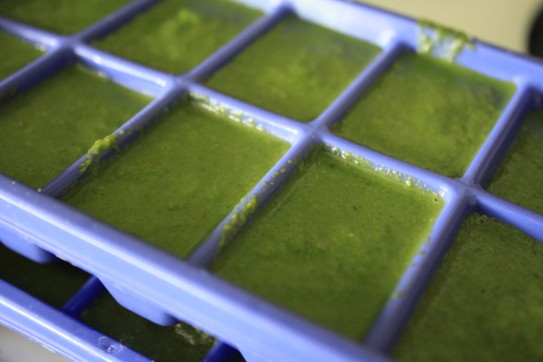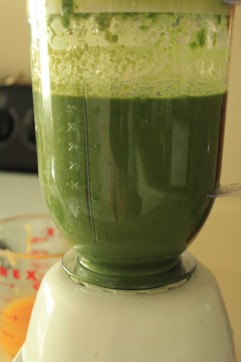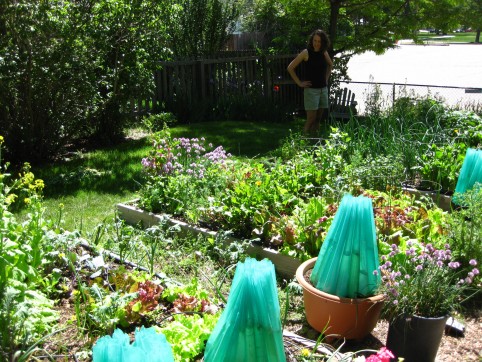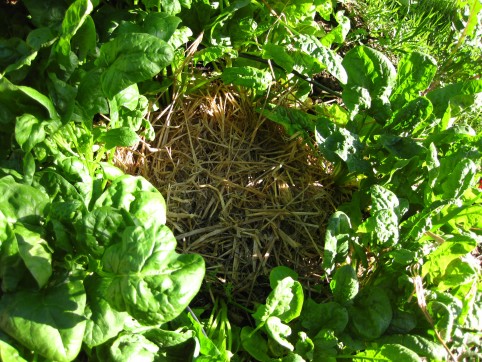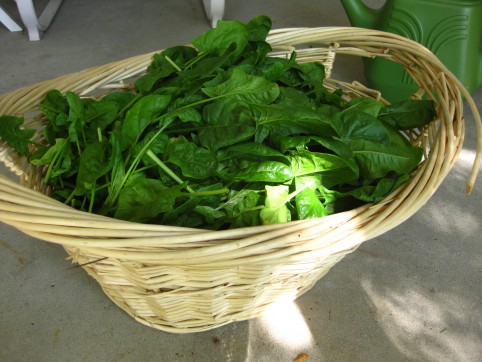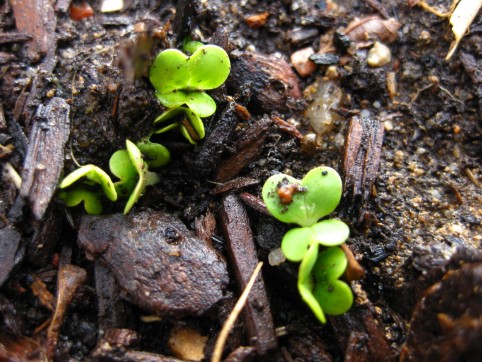
In this post about how to plan your vegetable garden, I talked about Spring Veggies, Spring “Carryover” veggies, and Summer veggies. A couple days ago, I got an email from Val, who asks: “…Would you mind posting a list or resource for what you define as spring, spring carry-over, and summer vegetables?? THANKS!!”
Sure, Val! Great idea. Since I don’t know of a resource for this info, I’ll post my own list.
I garden in Zone 5/6, in Colorado. Our growing season is about 110 days…our last average Spring frost is mid-May, and our first average Autumn frost is early October. So this list won’t apply to you lucky folks who garden year-round in mild climates. (Don’t know your zone? Enter your zip code at the Arbor Day Hardiness Zone Lookup.)
The following list is based upon my personal experience in my own garden, where I grow almost everything from seeds sown directly into the garden (except tomatoes & peppers, which I start indoors a month or two ahead of time). Often there is overlap between Spring and Summer gardens, but it works out OK because the mature Spring stuff will protect and shade the Summer seedlings for a while. By the time the Summer stuff is up and running, the Spring stuff has been pulled out.
Also, you’ll notice that some veggies are flexible and can be included in more than one category.
******
Spring Veggies – Plant in early Spring (usually two months before the last frost…March 15 for me), and harvest before the intense heat of Summer (usually up to a month after the last frost…late June for me). Spring veggies are pretty much in-n-out before the main Summer season.
Arugula/Rocket
Beets/Beetroot
Broad Beans/Fava Beans
Broccoli
Broccoli Raab/Rapini
Collards (can also be a carryover veggie, where you leave it in all Summer)
Green Onions/Scallions (can also be a carryover veggie, where you leave it in all Summer)
Kale (can also be a carryover veggie, where you leave it in all Summer)
Lettuce
Peas
Radishes
Spinach
Swiss Chard/Silverbeet (can also be a carryover veggie, where you leave it in all Summer)
Turnips
Spring Carryover Veggies – Plant in early Spring (usually two months before the last frost…March 15 for me), and leave in the garden all Summer long.
Cabbage
Carrots
Cauliflower
Cilantro
Collards
Dill
Garlic
Green Onions/Scallions
Kale
Onions
Parsley
Potatoes (planted a month before last frost — mid-April in my garden)
Swiss Chard/Silverbeet
Turnips
Summer Veggies – Plant only after the last Spring frost (late May for my Zone 5/6 garden). Leave in the garden all Summer long.
Basil
Beans, all types
Brussels Sprouts (harvest after frost in fall & winter)
Carrots
Celery (probably will want to use seedlings, since starting from seed can be difficult)
Cilantro
Corn
Cucumbers
Dill
Eggplant/Aubergine
Gourds
Melons
Malabar Spinach (Basella rubra)
New Zealand Spinach (Tetagonia)
Okra
Peppers/Capsicum
Pumpkins
Rutabagas
Squash, summer & winter
Soybeans
Tomatoes
Tomatillos
Turnips
Watermelon
Zucchini/Courgette

